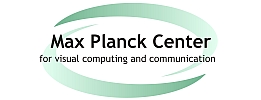| Foto | First Name | Last Name | Position |
|---|---|---|---|
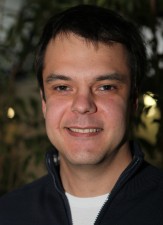 |
Mykhaylo | Andriluka | People Detection and Tracking |
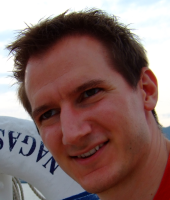 |
Roland | Angst | Vision, Geometry, and Computational Perception |
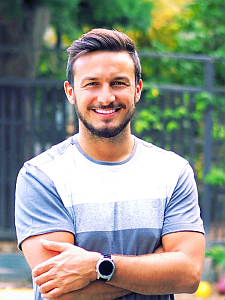 |
Tamay | Aykut | |
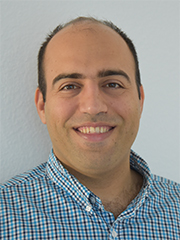 |
Vahid | Babaei | |
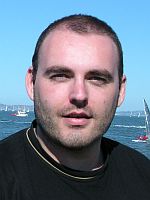 |
Pierpaolo | Baccichet | Distributed Media Systems |
 |
Volker | Blanz | Learning-Based Modeling of Objects |
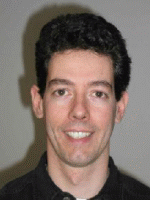 |
Volker | Blanz | Learning-Based Modeling of Objects |
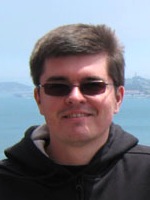 |
Martin | Bokeloh | Inverse Procedural Modeling |
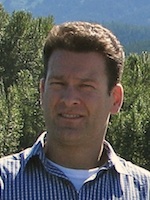 |
Adrian | Butscher | Geometry Processing and Discrete Differential Geometry |
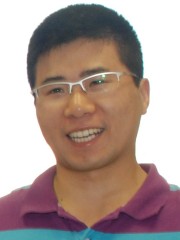 |
Renjie | Chen | Images and Geometry |
Researcher
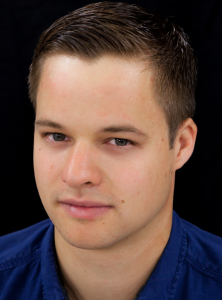 |
Dr. Michael Zollhöfer |
Visual Computing, Deep Learning and Optimization
| Name of Research Group: | Visual Computing, Deep Learning and Optimization |
| Homepage Research Group: | web.stanford.edu/~zollhoef |
| Personal Homepage: | zollhoefer.com |
| Mentor Saarbrücken: | Hans-Peter Seidel |
| Mentor Stanford: | Pat Hanrahan |
| Research Mission: | The primary focus of my research is to teach computers to reconstruct and analyze our world at frame rate based on visual input. The extracted knowledge is the foundation for a broad range of applications not only in visual effects, computer animation, autonomous driving and man-machine interaction, but is also essential in other related fields such as medicine and biomechanics. Especially, with the increasing popularity of virtual, augmented and mixed reality, there comes a rising demand for real-time low latency solutions to the underlying core problems. My research tackles these challenges based on novel mathematical models and algorithms that enable computers to first reconstruct and subsequently analyze our world. The main focus is on fast and robust algorithms that approach the underlying reconstruction and machine learning problems for static as well as dynamic scenes. To this end, I develop key technology to invert the image formation models of computer graphics based on data-parallel optimization and state-of-the-art deep learning techniques. The extraction of 3D and 4D information from visual data is highly challenging and under-constraint, since image formation convolves multiple physical dimensions into flat color measurements. 3D and 4D reconstruction at real-time rates poses additional challenges, since it involves the solution of unique challenges at the intersection of multiple important research fields, namely computer graphics, computer vision, machine learning, optimization, and high-performance computing. However, a solution to these problems provides strong cues for the extraction of higher-order semantic knowledge. It is incredibly important to solve the underlying core problems, since this will have high impact in multiple important research fields and provide key technological insights that have the potential to transform the visual computing industry. In summer 2019 Michael Zollhöfer joined Facebook. |
Researcher
- Name of Researcher
- Ivo Ihrke
- Homepage of Research Group
- First Name
- Ivo
- Last Name
- Ihrke
- Foto
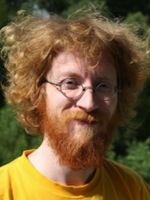
- Phone
- Position
- Generalized Image Acquisition and Analysis
- Mentor in Saarbruecken
- Hans-Peter Seidel
- Mentor in Stanford
- Categories
- Former Groups
- Research Mission
- Our group is interested in devising novel imaging devices and reconstruction techniques mainly for 3D acquisition, especially in the case of difficult to scan objects and surfaces. We want to extend the capabilities of current 3D scanning devices by analyzing the image formation process in general cameras and using the devised knowledge for the design of improved devices. In doing so we aim at capturing more information than is possible with todays cameras. The tool to achieve this goal is an analysis of what we call plenoptic imaging. The so called plenoptic function is a useful concept to describe the visual world around us. It states that "everything that can be seen'' (and possibly much more) can be described by a 7-dimensional function that describes the intensity of light at every position in space (3 dimensions) in every viewing direction (2 dimensions) for every wavelength of light (1 dimension) and at every point in time (1 dimension). Current cameras only record a two-dimensional image out of the 7 possible dimensions. Our group aims at analyzing novel designs that can capture more of the vast information hidden in the light surrounding us. Simultaneously, we perform research on how this additional information can be used to help the computer infer more knowledge about the three-dimensional world we live in. The acquired data can be used for a multitude of purposes such as computational photo-realistic view synthesis of real world objects, computerized modification and re-assembly of their digital counterparts, sharing and collaboration using digital object descriptions but also scientific analysis of and model development for hitherto unexplored visual effects.
- mission_rtf
- Name of Research Group
- Generalized Image Acquisition and Analysis
Personal Info
- Photo

- Website, Blog or Social Media Link
